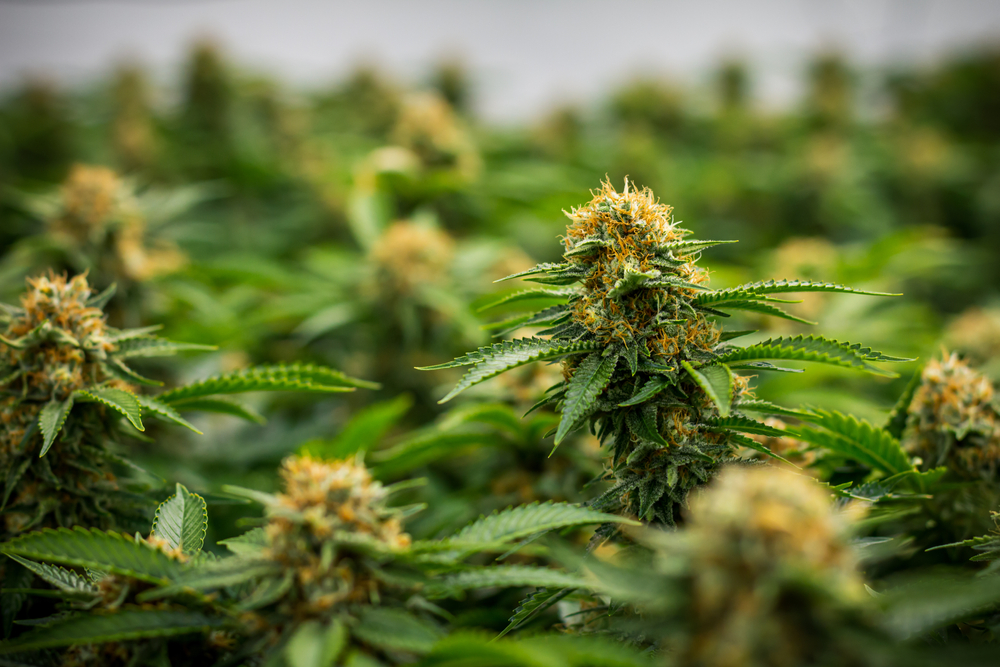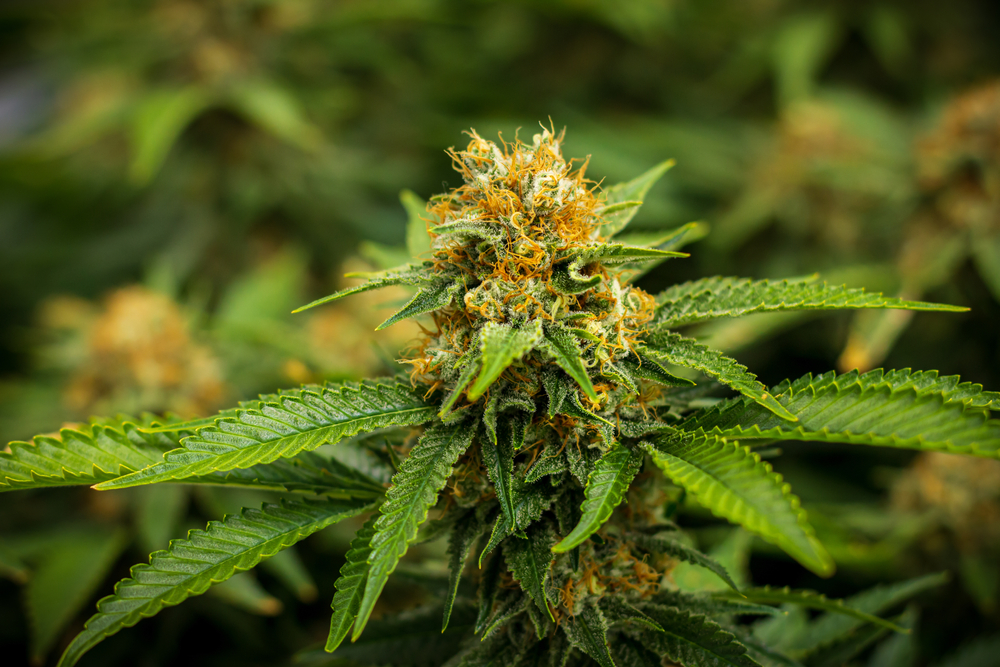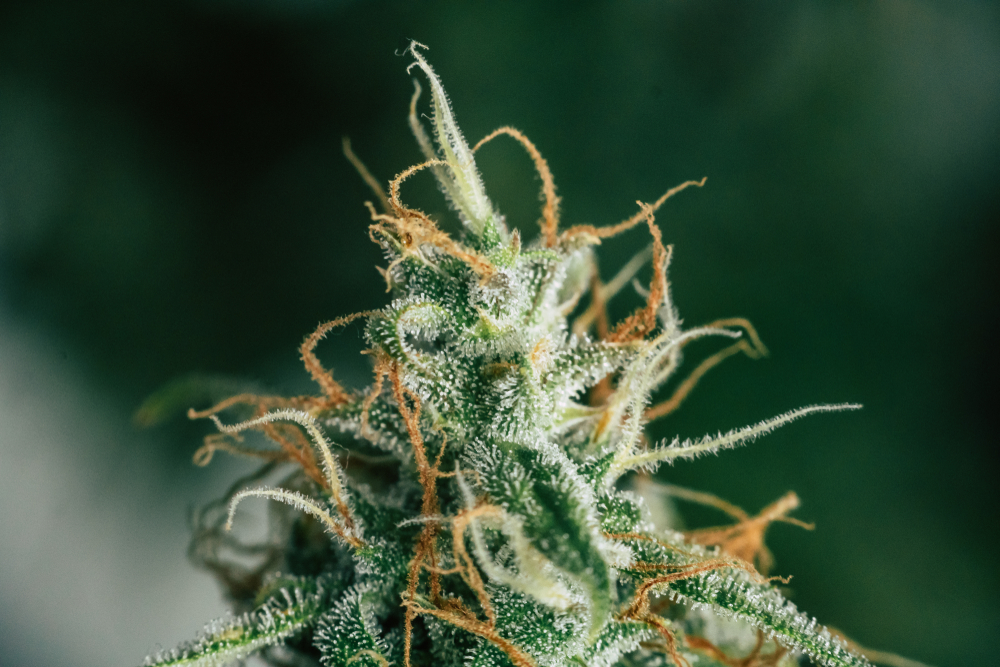Education
Sinsemilla vs Regular Weed: What’s the Difference?
If you have ever done some reading about cannabis and come across the term “sinsemilla,” you are not alone. The use of this word has become increasingly popular among marijuana users.
There are many properties of the cannabis plant that can be utilized. Throughout history, it’s been used for its therapeutic prowess and its fibrous stalk.
More recently, cannabis has been used in medical applications for people with anxiety, insomnia, or a whole slew of different reasons.
With an ever-changing environment like the cannabis industry, there is bound to be a plethora of words you may not have heard about, like “sinsemilla.”
Today, we’ll be discussing the origins of where sinsemilla comes from, and what a sinsemilla plant is and why it’s so integral to cannabis cultivation!
Without further ado, let’s begin!
What Does Sinsemilla Mean?
The word sinsemilla refers to a potent type of cannabis without seeds. In Spanish words, ‘sin’ means without and ‘semilla’ means seed.
As you may have guessed, the two words combined describe a type of cannabis plant that is seedless and is suitable to produce potent, high-yield crops.
In light of this explanation, it’s quite clear the sinsemilla refers to a type of cannabis plant without seeds.
However, there is still some controversy among some people who use the word.
Sinsemilla is often confused as a cannabis strain of its own, which is not true.
Another common misconception with sinsemilla is that it can be used to describe high-quality bud.
Though sinsemilla can indeed be of higher quality, it refers more to the techniques that are used to cultivate the end product.
Put in layman’s terms, sinsemilla is simply a word used to describe a female cannabis plant that is seedless!
How Seedless Cannabis is Cultivated

When you smoke marijuana, have you ever thought about what goes into producing the flowers?
Much like any other plant, fruit, or flowers, cannabis does not naturally come seedless.
Instead, cultivators use specific techniques to make their sinsemilla plants no longer produce seeds as they grow and mature. This is necessary to produce seedless cannabis because the plant comes from dioecious species of plants.
Dioe-what?
Simply put, dioecious plants mean that the species (in our case, the cannabis plant) need both male and female plants to produce pollen. With this in mind, male cannabis plants are separated from their female cannabis plant counterparts to prevent the pollination process from occurring.
You may ask, why would you want to interfere with nature’s course of action?
Well, by separating these two star-crossed lovers, the female plants can produce higher-quality buds for consumption. It may sound counterintuitive at first, but it all makes sense after our explanation.
Like animals, dioecious plants need a male and a female plant to complete the pollination process. When the male plants emit their pollen in the air, they will (hopefully) meet a nice female plant to settle into. Females will then grow seeds in their buds to spread and make little cannabis plants. Cute, right?
Yet, by pollinating the female cannabis plants, the buds become smaller if they have seeds in them. In addition to being smaller, the buds also make for a worse smoking experience.
Fortunately, growers have found through trial and error that growing female plants by themselves helps them grow larger buds with higher THC content.
Although female cannabis plants are the main focus, we would not want you to come out of this article thinking male plants are worthless.
Males are commonly used for producing hemp products. It may not be as alluring as growing buds, but we wanted to leave the males with some positive energy after focusing on the females thus far.
Is Sinsemilla Sativa or Indica?
Much like how sinsemilla can be confused as being a strain of marijuana, it is regularly asked if it is an indica or sativa. To make a long answer short- it can be both!
Sinsemilla cannabis is a classification of how the plant is cultivated, rather than being a type of plant such as ruderalis or a specific strain.
With that being said, could you tell the difference between seedless cannabis and non-sinsemilla flowers?
You sure can!
Although sinsemilla usually refers to the techniques the producer uses to cultivate the plant, it is also common knowledge among cannabis connoisseurs that these seedless cannabis plants are a good sign of high-quality marijuana.
The most obvious indicator of this is the smoking experience. Sinsemilla flowers produce a smoother smoke compared with pollinated cannabis.
Sinsemilla could also mean more potent cannabis. This might be harder to judge, depending on how much of good good you smoke. Regardless of what you read, it’s always worth trying for yourself!
Sinsemilla – A Scientific Breakthrough
If you haven’t been paying attention, (or you’re the type to scroll to the bottom for your answers) sinsemilla refers to seedless female cannabis plants. The name comes from the Spanish word ‘sin’ – ‘without’ and ‘semilla’ – ‘seed.’ When these two segments are combined, they form sinsemilla – a word used to describe female plants that growers intentionally omit from the pollination process.
Growers do not want seeds in their plants because it reduces how potent the cannabis bud will be and also affects the amount of THC in it.
The fact that sinsemilla is becoming a more popular term signifies how far the cannabis production industry has come and how advanced it could be in the future.
If you are a regular, everyday toker, you may not find this topic very interesting. However, it is important to keep sinsemilla cannabis in the back of your mind because the end result comes in the form of the bud you smoke.
Whether you are using cannabis for medical or recreational purposes, it is still important to have a word or friendly conversation with your local budtender so they can hook you up with some seedless cannabis!






